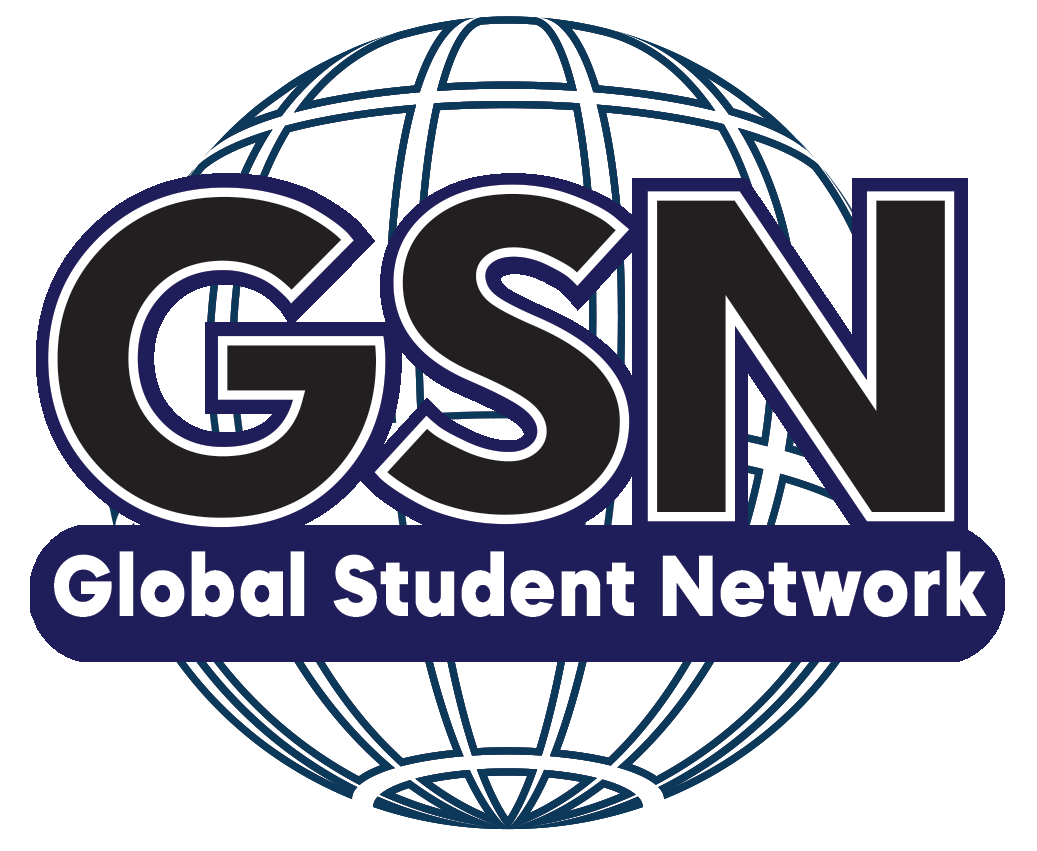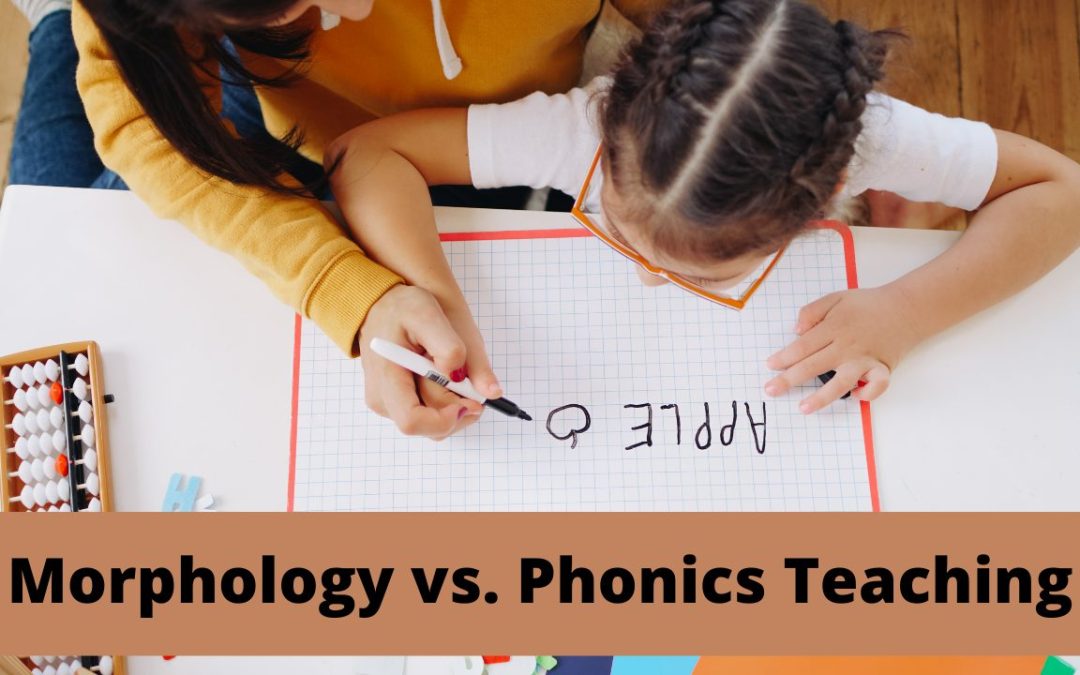Many people remember growing up with their parents pushing the “Hooked on Phonics” style learning programs at them. We’ve heard the word phonics for what seems like ages now, but have you ever heard of morphology teaching? It may sound intense, but it’s another version of teaching that’s certainly been around a while, but just didn’t get the fanfare.
What Is Morphology?
Morphology refers to the way a person (or usually in this case, a child) can interpret or identify words, and then use them. This is more personal to a child’s learning style and how they can best make associations between words and language. But this can also be nurtured and developed in children, making it a potentially easier process for kids to learn words and speech. This teaching method relies less on remembering words and more emphasis on simply comprehending what’s being said.
What Is Phonics Exactly?
You may be trying to recall exactly what phonics-based learning is, then, since you may not have been taught with a morphology method. Phonics relies more on children noticing and picking up on the similarities of letters and words, and how that can match with their sound. For example, children will be taught words that rhyme or have a similar ending or beginning. These teaching methods rely more on memorization and repetition in order to learn.
Which Is Better?
Many teaching methods for kids rely heavily on memorization and repetitive actions. This has been the standard for most teaching, but in recent years people are realizing that kids don’t always learn the same ways. Some are visual learners, while others are more hands-on. Teachers want to extend their teaching abilities and reach more students, helping them to better comprehend the information. Being able to adapt and flex how a child learns is a great way to help them retain the information better.
That being said, there’s not really one teaching style or method that’s better than the rest. It all relies on how the child learns and how the teacher teaches this information. Since every child learns differently, it’s up to them and the teacher to realize which teaching method works the best and lean into for better comprehension. But being aware that there’s more than just phonics-based teaching can help your child excel in school if they learn better using morphology.
Katie Kyzivat

